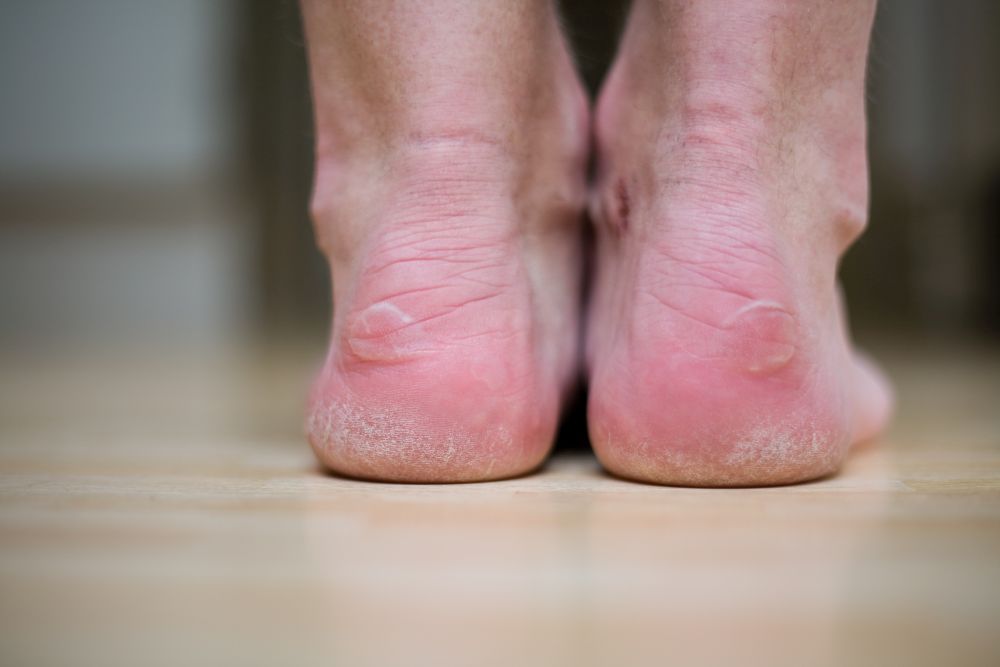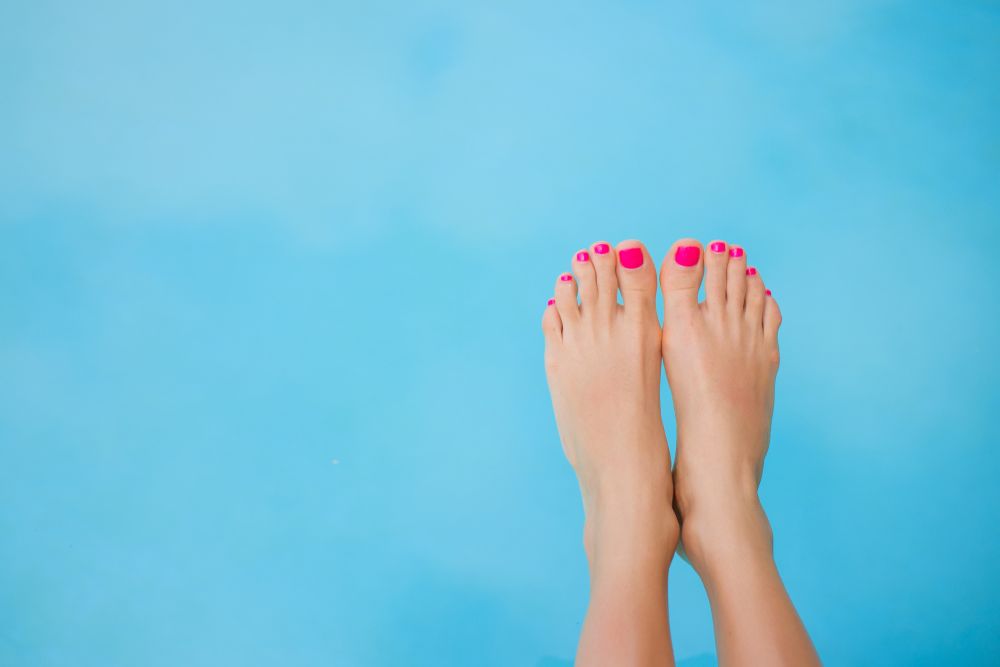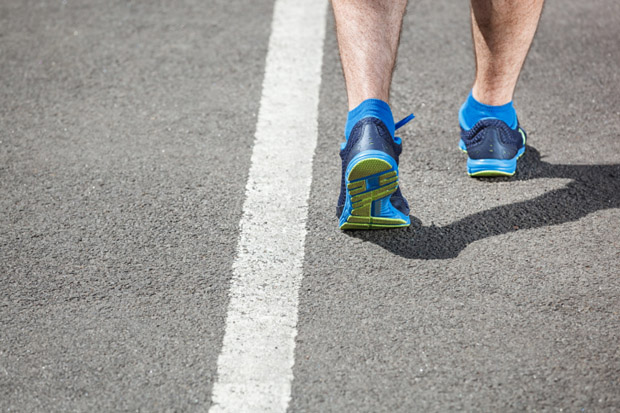Blister prevention and treatment 101
Follow these steps to keep your feet happy

When it comes to running injuries, the conversation tends to focus on issues like runner’s knee, shin splints and Achilles pain, but a perfectly placed blister on your foot can ruin a good long run or squash your hopes for a PB just as easily as a bum knee. Luckily, blisters are fairly easy to treat, and can be prevented with a few simple steps.

RELATED: Foot injuries for runners 101
The first step to preventing blisters is to figure out what’s causing them in the first place. Typically, blisters on the feet are caused by friction between your skin and your sock, insole or shoe. It’s much easier for blisters to form when the skin is moist, and so runners are more susceptible to them when their feet are damp and sweaty. Not surprisingly, you’re even more likely to get a blister on a hot day when your feet are sweating more than usual, or on a rainy day when your feet get wet from running through puddles.
As with many problems, the best treatment is prevention. Take the following advice from the American Academy of Dermatology Association (AAD) if blisters keep putting a damper on your runs:
Watch what you put on your feet. Loose, ill-fitting socks will increase the potential for friction, and your foot will slide around too much in shoes that are too large (or not tied up properly), causing them to rub in undesirable places. Shoes that are too small can also create a problem by causing your toes to rub together, again leading to friction.
Choose the right fabrics. Avoid cotton socks, which soak up sweat and moisture and cause chafing. Instead, look for socks made with moisture-wicking material to help keep your feet dry.
Try some soft bandages. For problem areas, like the backs of your heels or your toes, the AAD suggests applying adhesive moleskin or another soft bandage before the blister forms. Of course, always make sure you apply it securely before heading out for your run.
Apply powder or petroleum jelly. If bandages aren’t helping, you can try applying talcum powder or petroleum jelly to common problem areas to help reduce friction.

How to properly treat a blister
Sometimes no matter what you do, you end up with a blister anyway. If you do end up with one, follow these steps to get rid of it as quickly as possible:
- If your blister is small, it will go away on it’s own and you don’t need to pop it. If your is very large and painful, however, you will need to drain out the liquid. To do this without causing an infection, wash your feet and then use a sterilized pin to prick a small hole near the edge of the blister to drain the liquid out. Once the blister has drained, do not remove the top skin. Wash the area with soap and water, and apply some petroleum jelly to protect the raw skin underneath as it heals.
- Loosely cover the blister with a bandage by bringing the sides of the bandage closer together so the centre is slightly raised.
- For blisters in pressure areas, like the bottoms of your feet, create a pad that prevents you from stepping right on it. You can make one by cutting foam into a circle with a hole in the middle (so the foam is not on top of the actual blister), placing it around the blister and covering the entire thing in a bandage.
- As your blister heals, watch for signs of infection like redness, pus, increased pain or swelling. If you notice any of the changes, make an appointment with your doctor.


